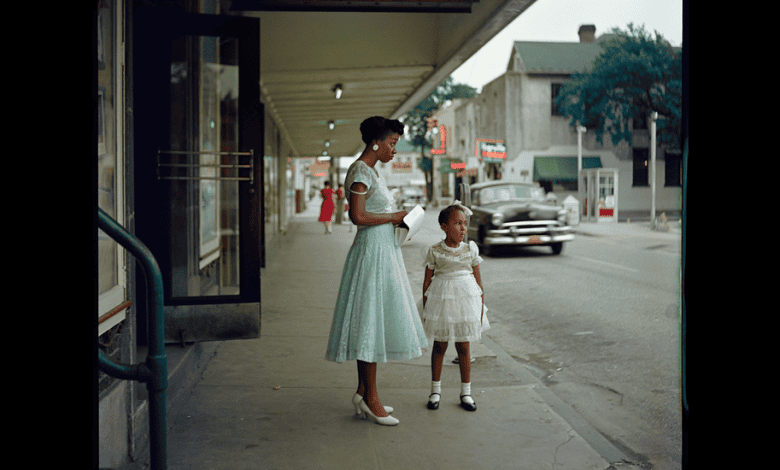The 25 Photos That Defined the Modern Age

This story contains graphic images of violence and death.
Let’s get this out of the way first: Of the dozens of photographers not represented here that a reasonable person might expect to have been included, the most conspicuous absentees include Berenice Abbott, Ansel Adams, Robert Adams, Richard Avedon, Dawoud Bey, Henri Cartier-Bresson, Imogen Cunningham, Roy DeCarava, William Eggleston, Walker Evans, Robert Mapplethorpe, Helmut Newton and Irving Penn. Putting together a list of the 25 most significant photographs since 1955 — both fine art photos and reportage — proved a difficult task for the panelists (even the chosen time frame was controversial). They were: the Canadian conceptual photographer Stan Douglas, 63; the Vietnamese American photographer An-My Lê, 64; the acting chief curator of Photography at the Museum of Modern Art, Roxana Marcoci, 66; the American documentary photographer Susan Meiselas, 75; the American photographer Shikeith, 35; and Nadia Vellam, 51, T’s photo and video director. Each participant (including myself, the moderator, 36) submitted up to seven possible nominees for the list. We gathered at The New York Times Building on a morning last February (with Shikeith joining on video from a shoot in Los Angeles) to begin our deliberations.
We chose judges from the realms of both fine art and reportage because, increasingly, the line between the two has collapsed. The modern age has been defined by photographs — images that began their lives in newspapers or magazines are repurposed as art; art has become a vehicle for information. Therefore, it was important to us and our jurors that we not draw boundaries between what was created as journalism and what was created as art. What was important was that the photographs we chose changed, in some way, how we see the world.

Clockwise from left: Nadia Vellam, T’s photo and video director; the photographer An-My Lê; the photographer Susan Meiselas; M.H. Miller, the features director of T; the MoMA curator Roxana Marcoci; and the artist Stan Douglas. Not pictured: Shikeith.Credit…Chase C. Middleton
The conversation naturally turned into a series of questions. Like how important was it for a photograph to have expanded the possibilities of the medium? And how much did it matter who took a photo and what their intentions were? The list that emerged is less concerned with a historical chronology or an accepted canon than it is with a set of themes that have been linked indelibly to the photographic medium since its inception: labor and activism; war; the self and the family. Intriguingly, beyond an image by Wolfgang Tillmans from the ’90s, fashion photography is largely absent. So, too, are many world historical events that have been captured in landmark photographs, including the assassination of JFK, the fall of the Berlin Wall and anything from the pandemic lockdown or the presidency of Donald Trump. There were just too many other photographs to consider.
The process of producing the final list was clearly not scientific. It was more of a debate among a certain group of people on a certain day and is best considered that way. At the end of nearly four hours, jittery from caffeine, the group stood before a pile of crumpled masterworks on the floor as we assembled our chosen 25 images on a conference table. Many of our questions weren’t resolved (indeed, are unresolvable), but the results — which aren’t ranked but rather presented in the order in which we discussed them — are nothing if not surprising. — M.H. Miller
The conversation has been edited and condensed.
M.H. Miller: I thought we should start by talking about the time frame we settled on, starting in 1955.
Stan Douglas: It’s an agenda.
Miller: A little bit. It certainly shows an American bias, so I apologize to our Canadian representative — 1955 is really the beginning of the American civil rights movement, an era from which a number of us nominated photographs, and photography was so important in just making people aware of what was going on in the country. An-My, you chose Robert Frank’s picture of a streetcar in New Orleans, taken that year.